Neutral Density Awards 2017 – architectural photography winners are announced!
-text by Mark DeKay and Pygmalion Karatzas
Neutral Density Awards – the annual international photographic competition organised by Neutral Density Magazine – is a melting pot of some of the world’s most outstanding and talented souls in the field of photography. Unconventional approach and strong vision of development direction in photography are some of their overall criteria. The jury comprises from respected industry professionals, including gallery owners, publishers, editors and acclaimed photographers. In its 4th year, ND Awards 2017 received 6849 entries submitted from 89 countries.
As with previous competitions featured here on archisearch, ND dedicates a section to architectural photography with subcategories for buildings, bridges, cityscapes, industrial, interior, and a category for other themes outside the above five.
Below we present a selection of images from the 1st, 2nd, 3rd place winners as well as from the Honorable Mentions. The ND architectural photographer of the year goes to Friederike Brandenburg from Germany for his image ‘The hunter’s home’.
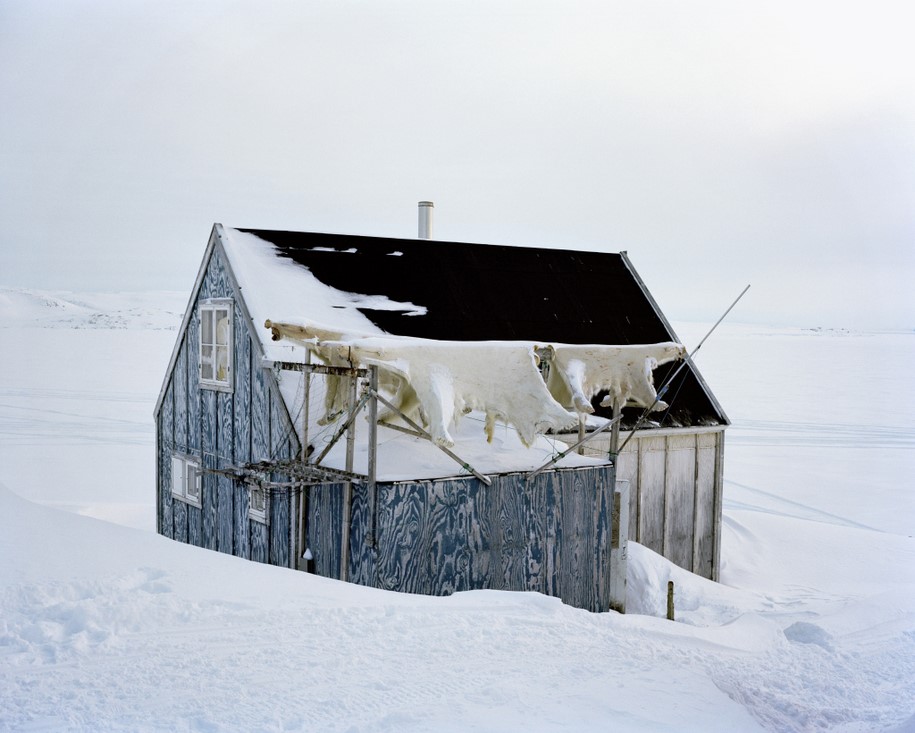
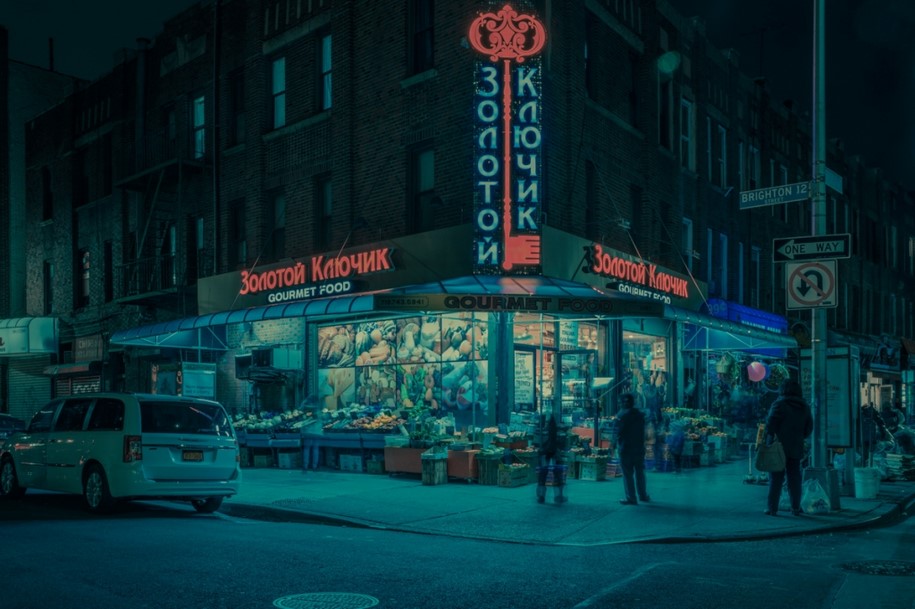
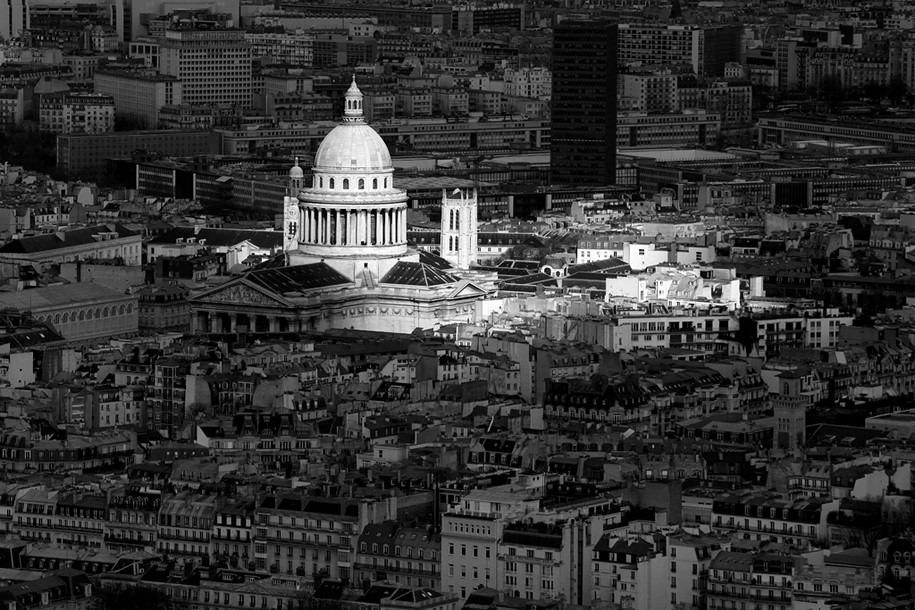
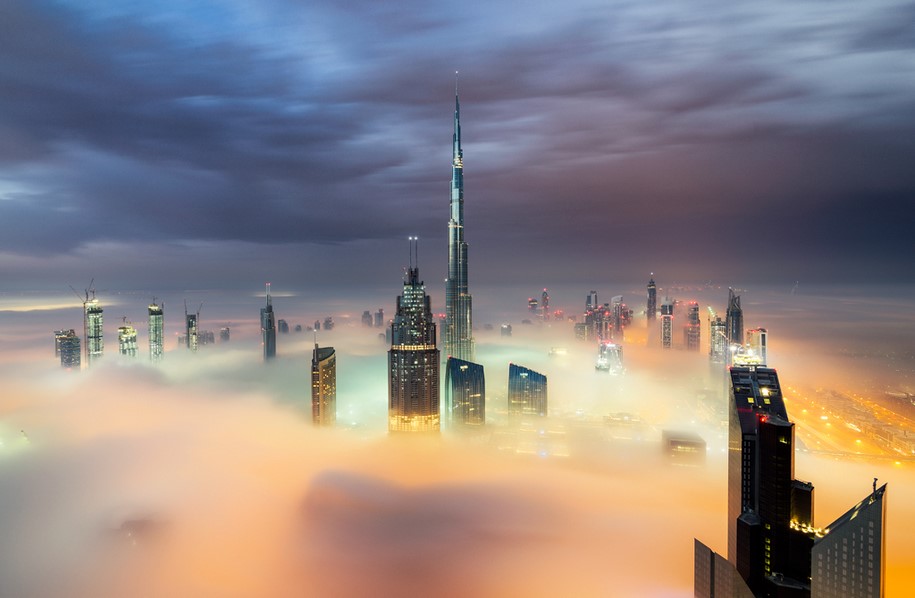
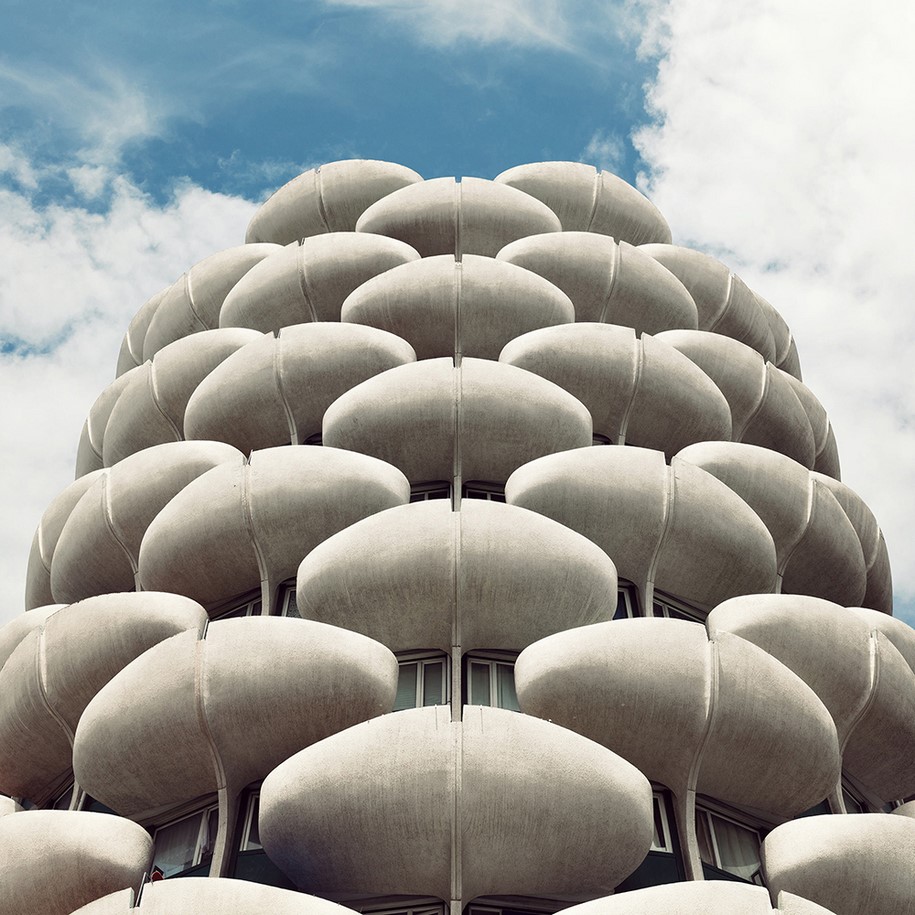
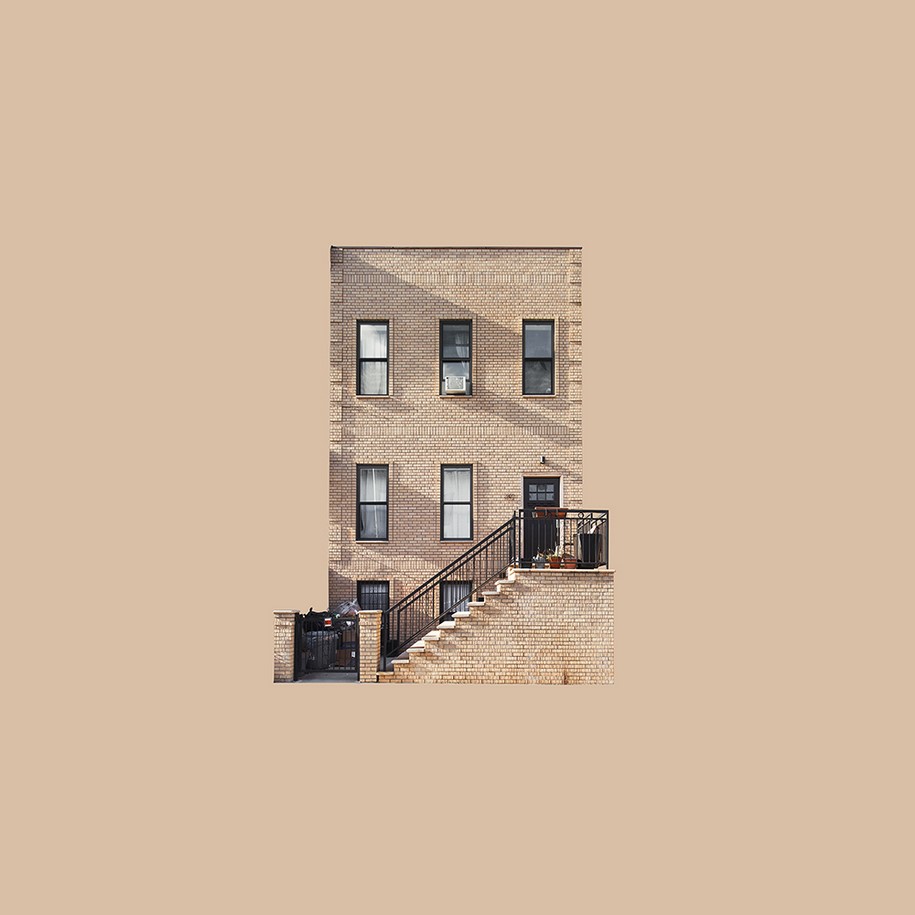
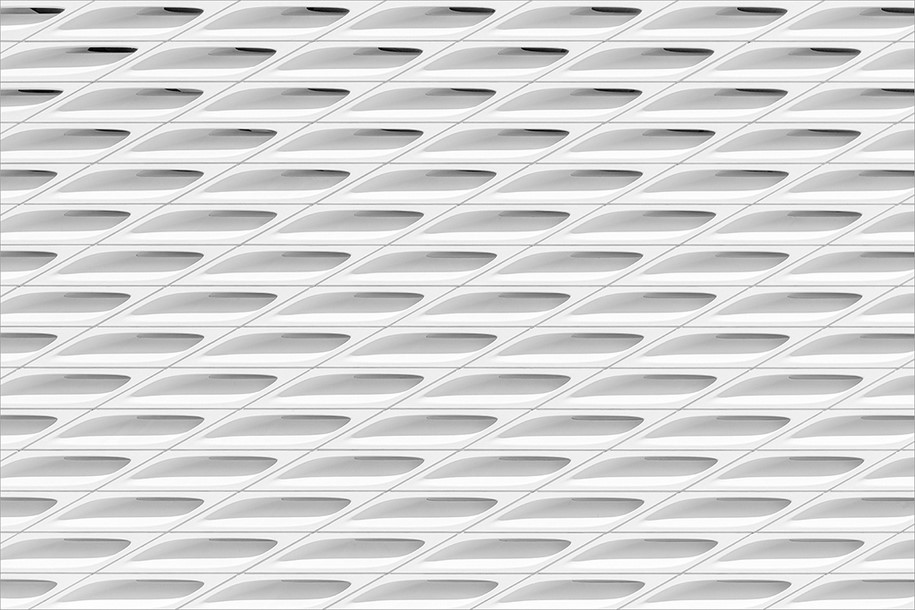
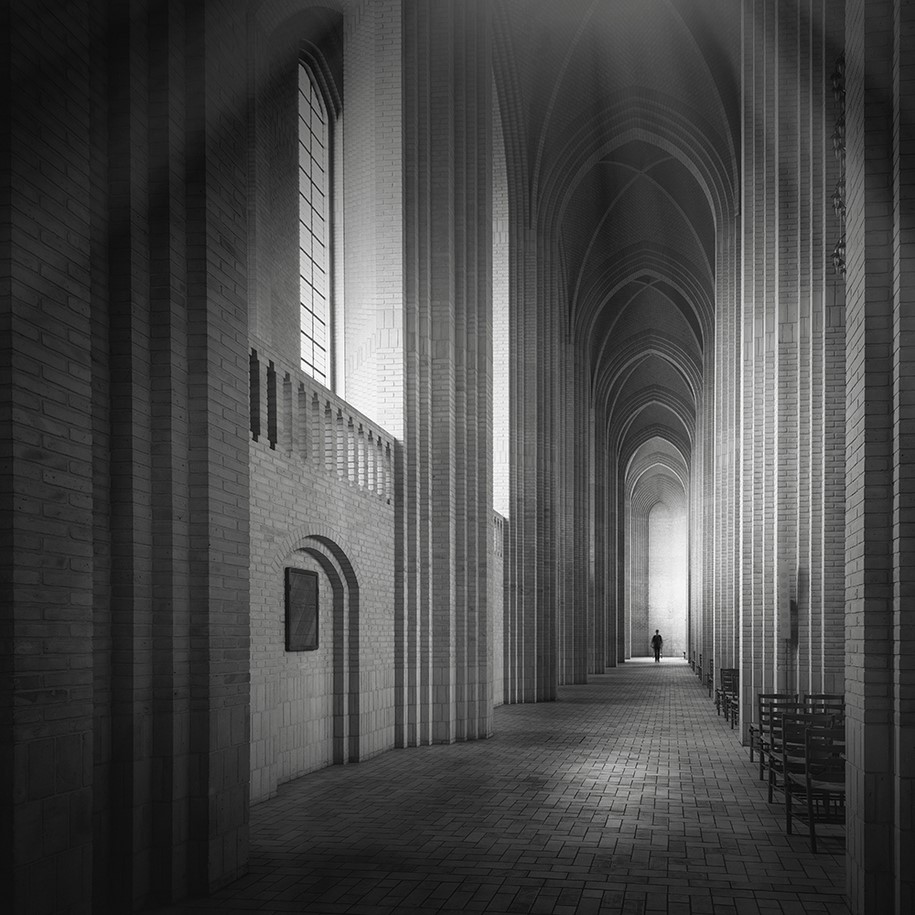
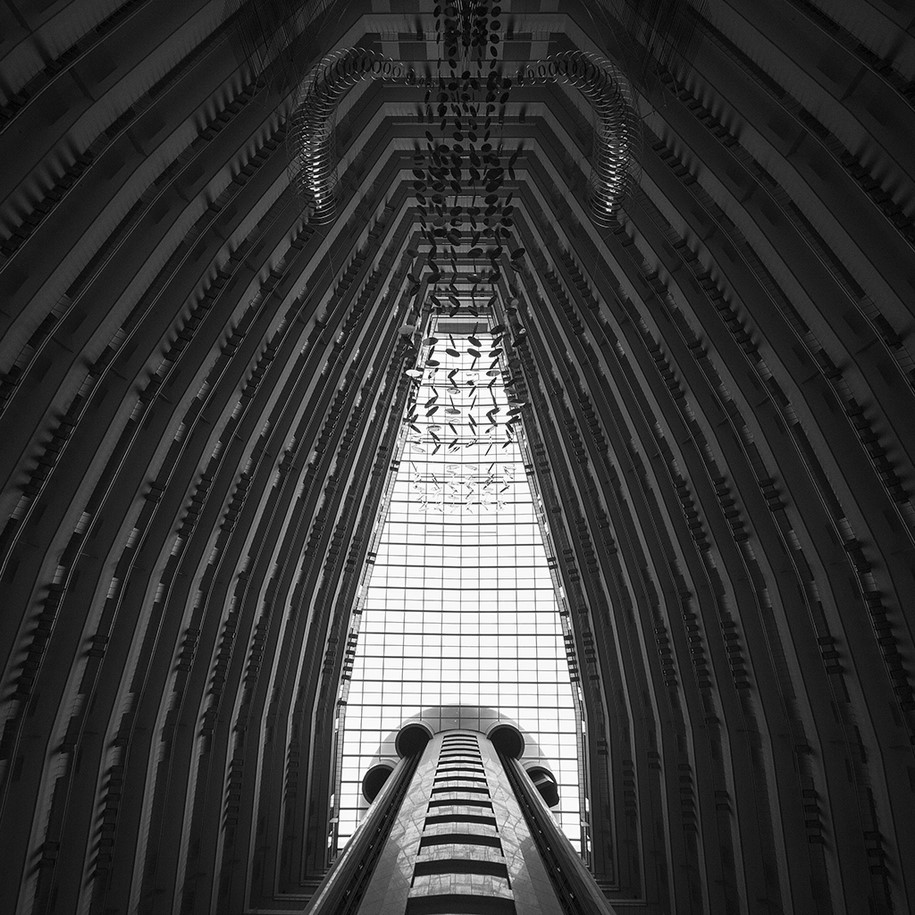
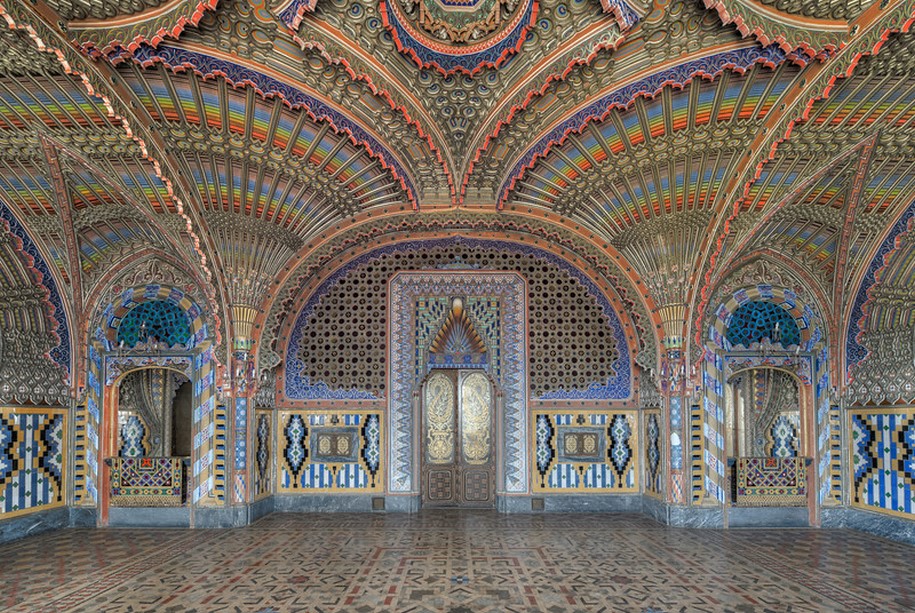
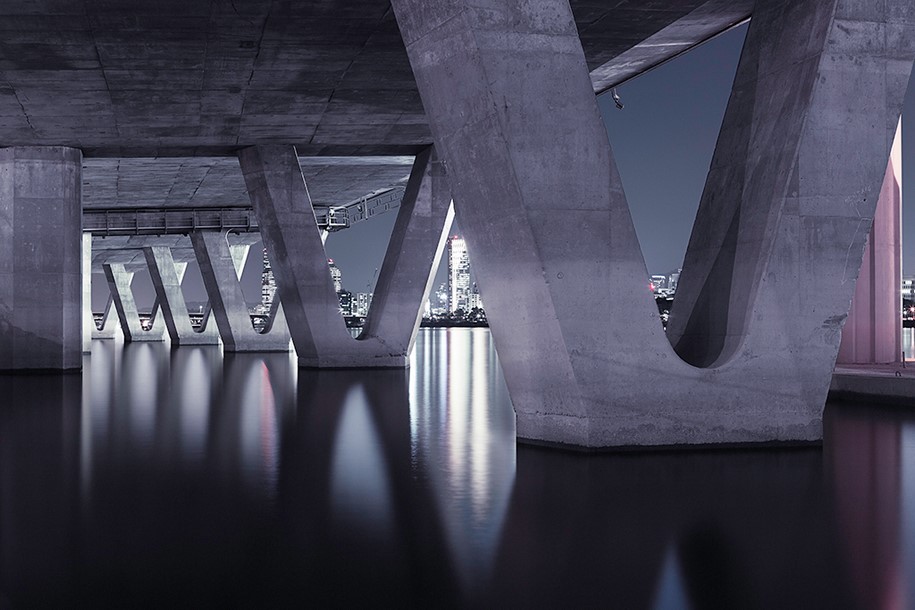
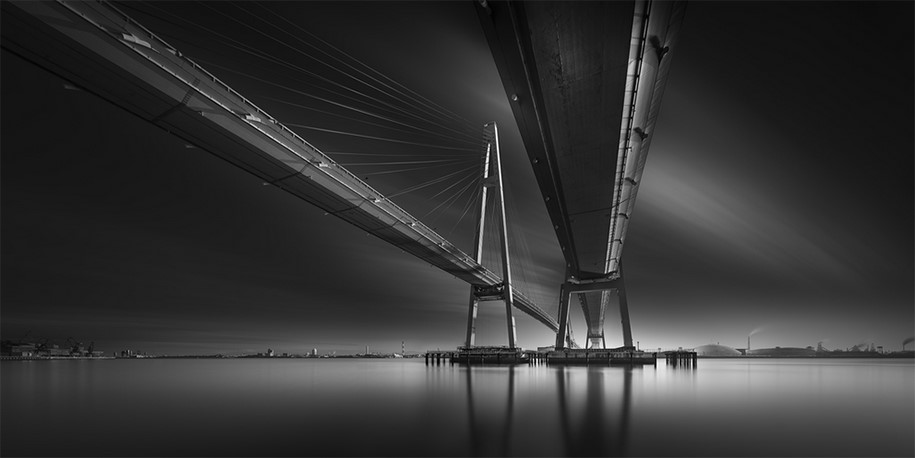
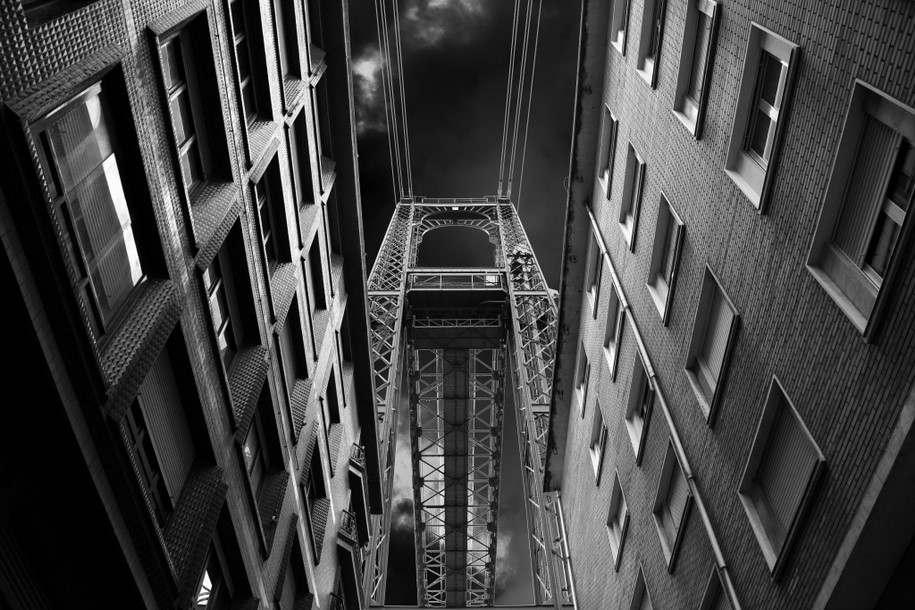
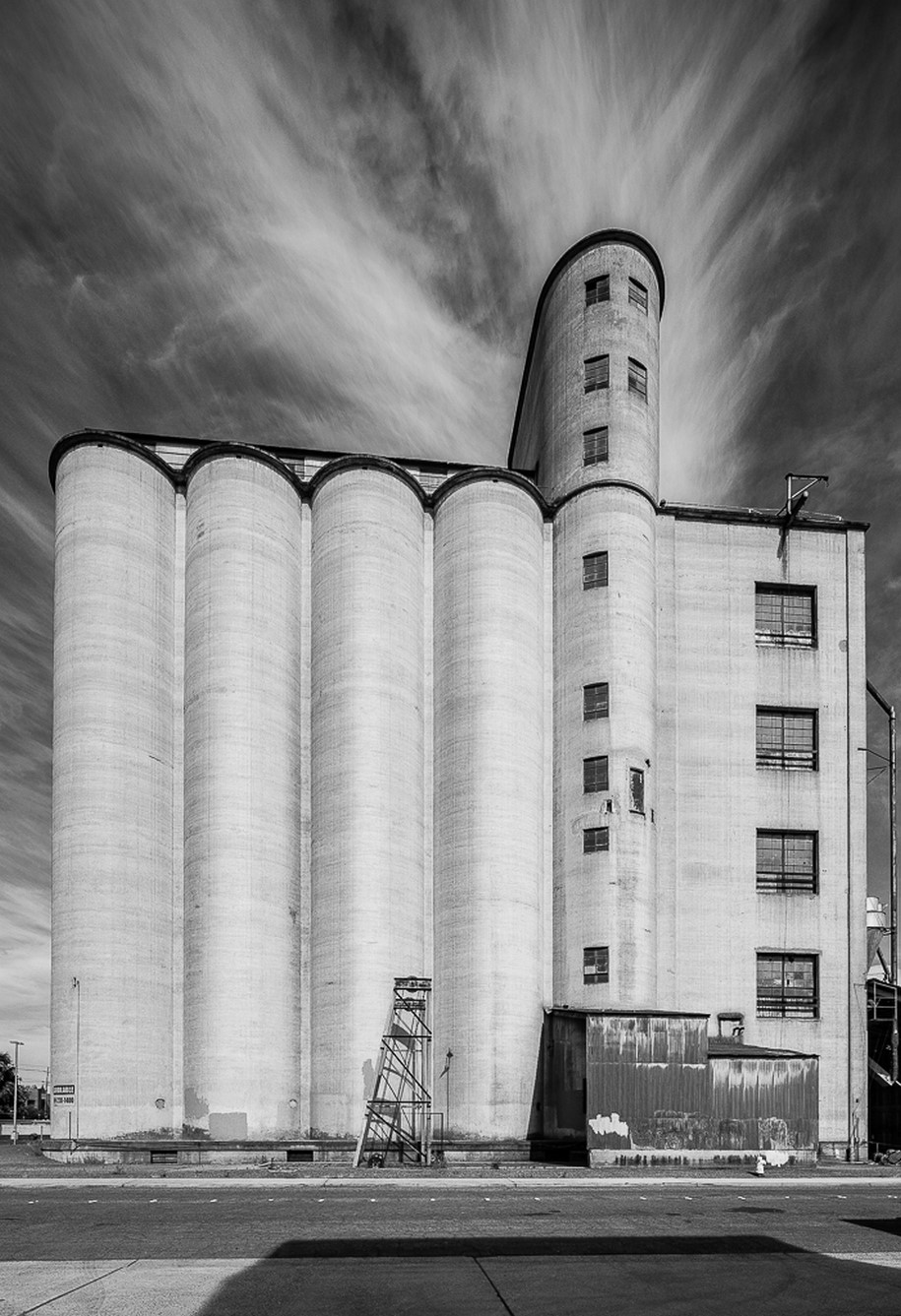
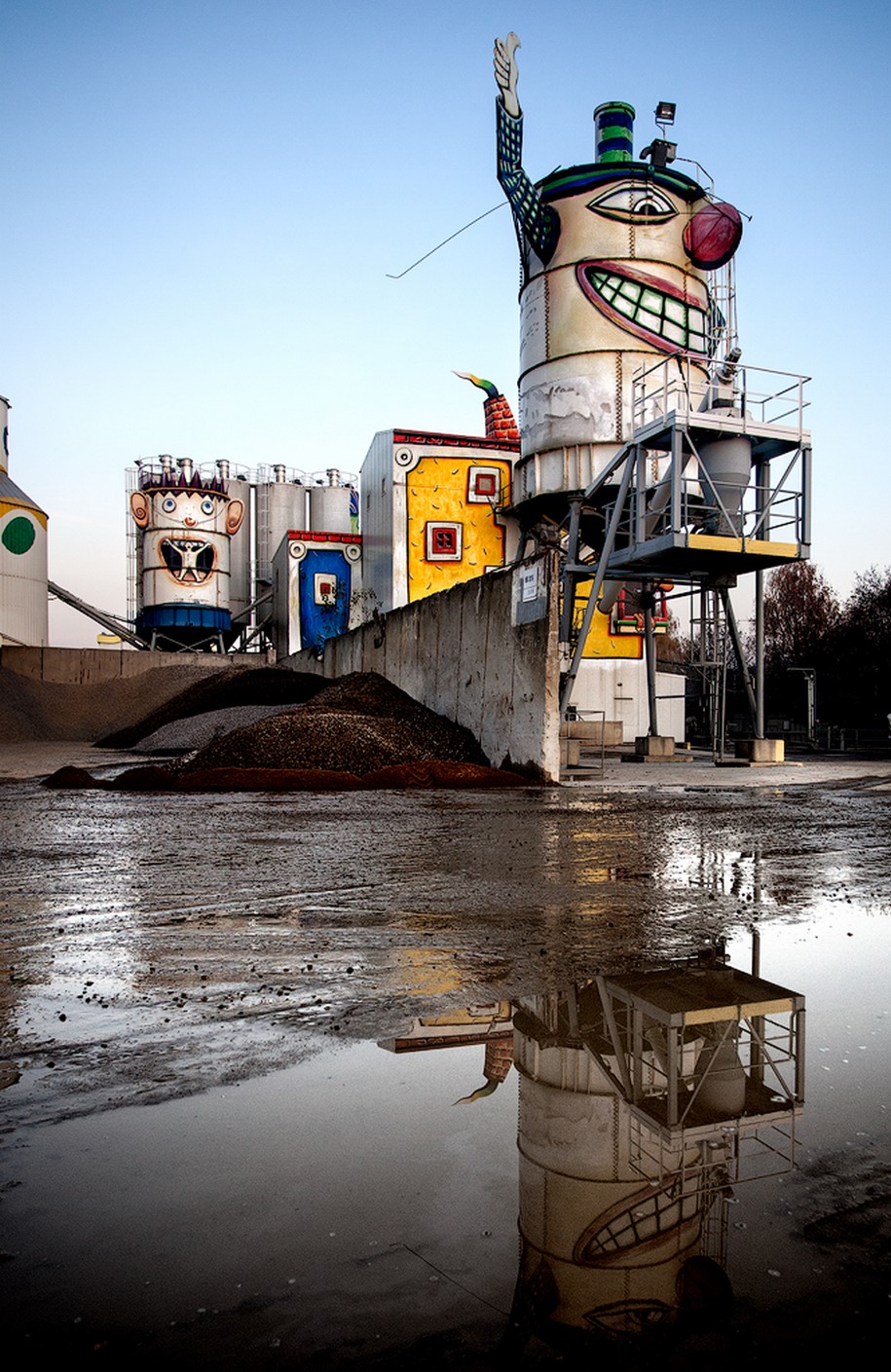
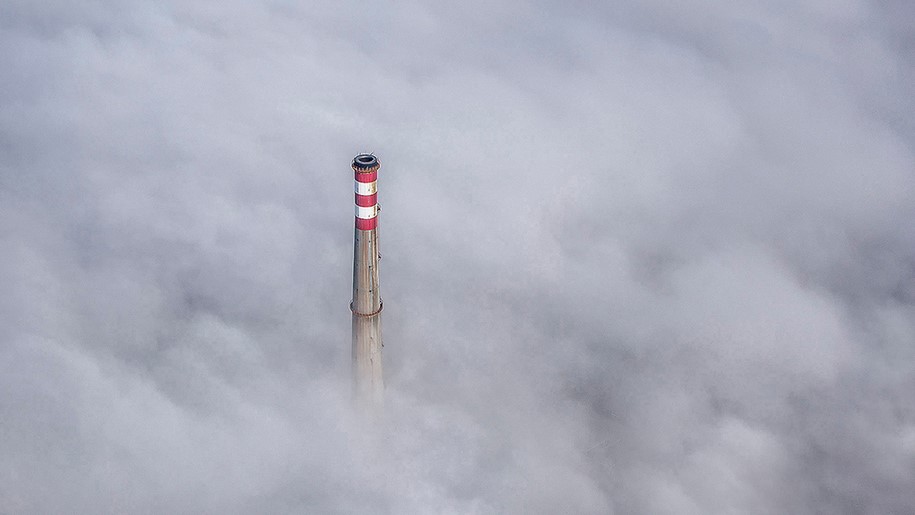
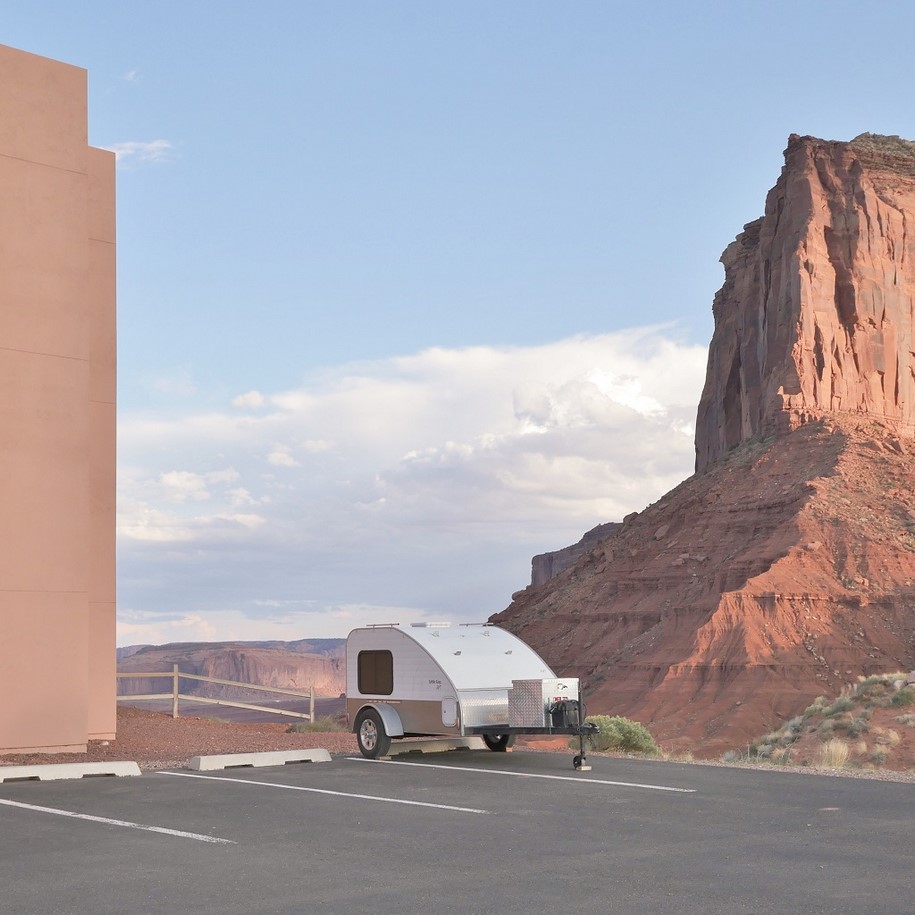
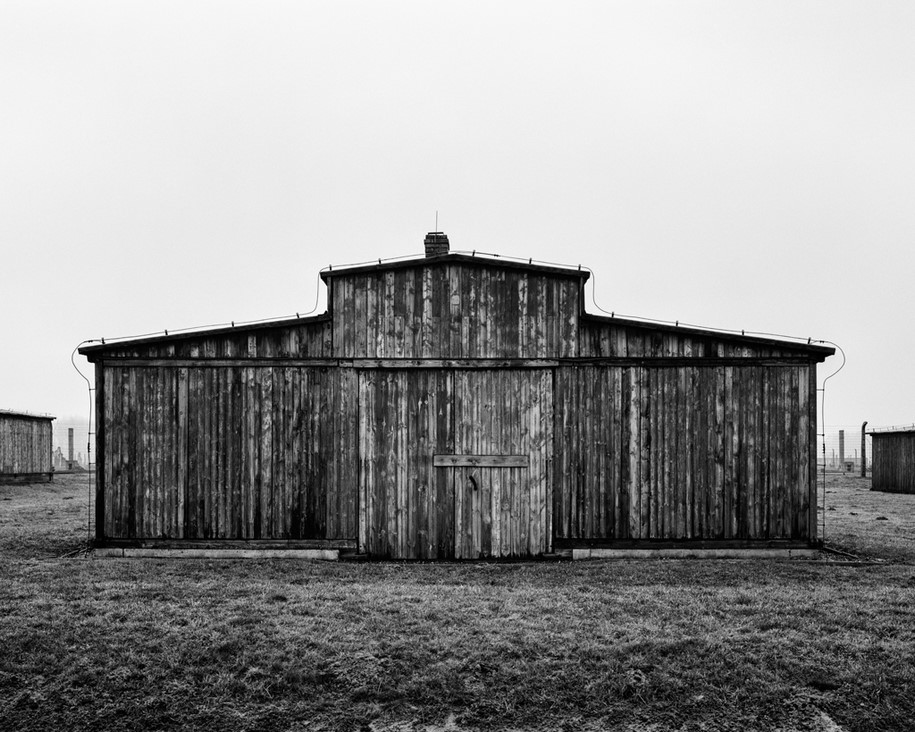
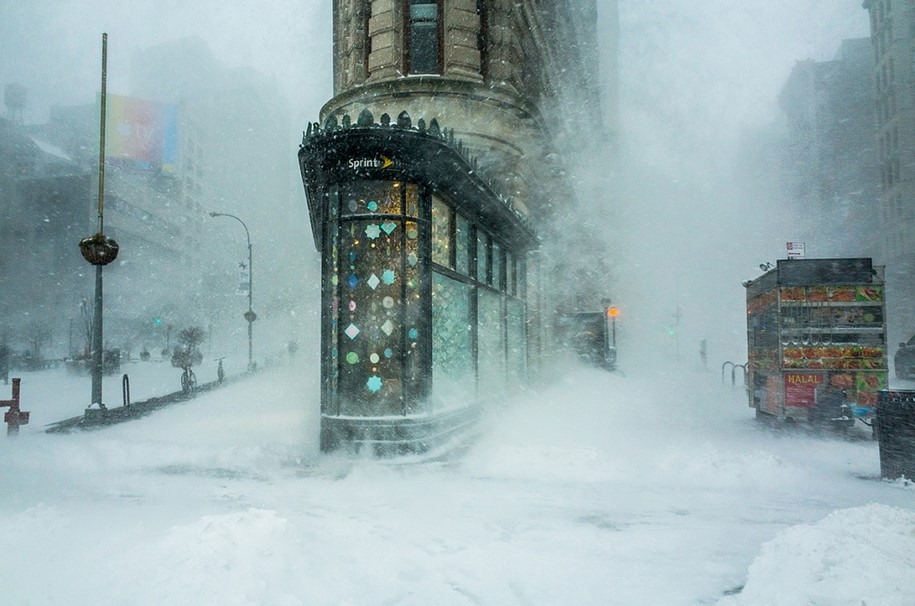
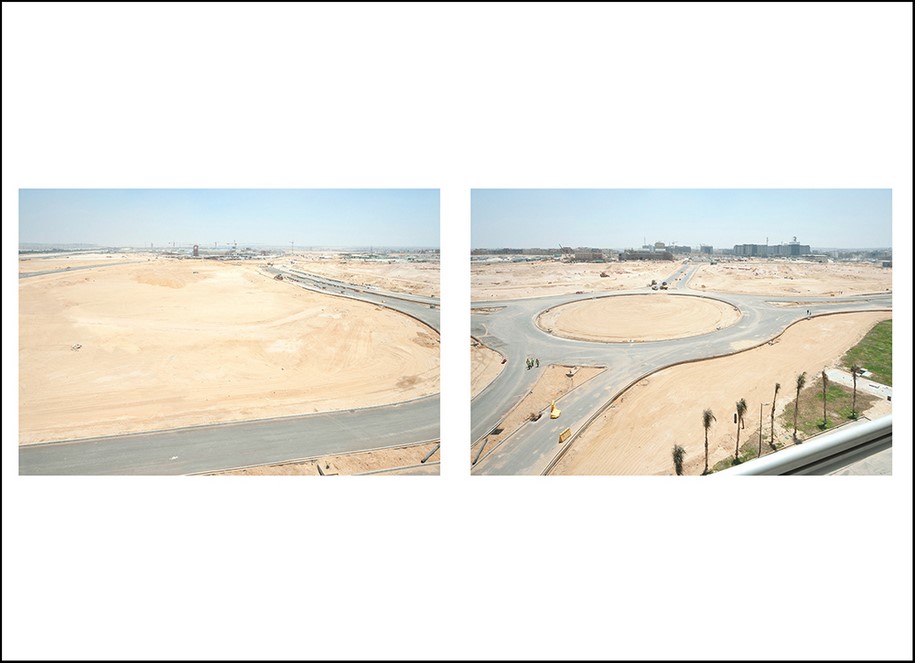
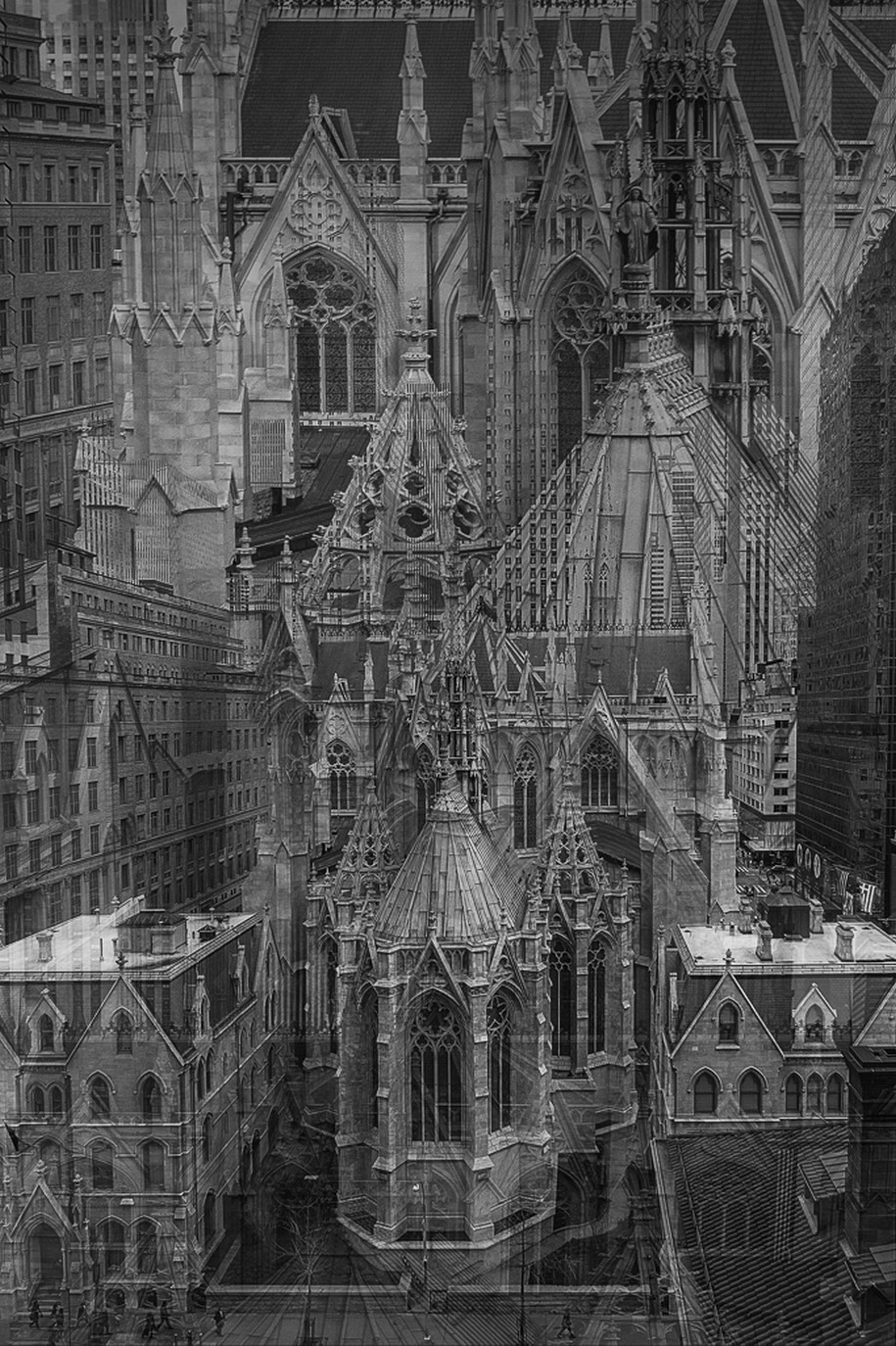
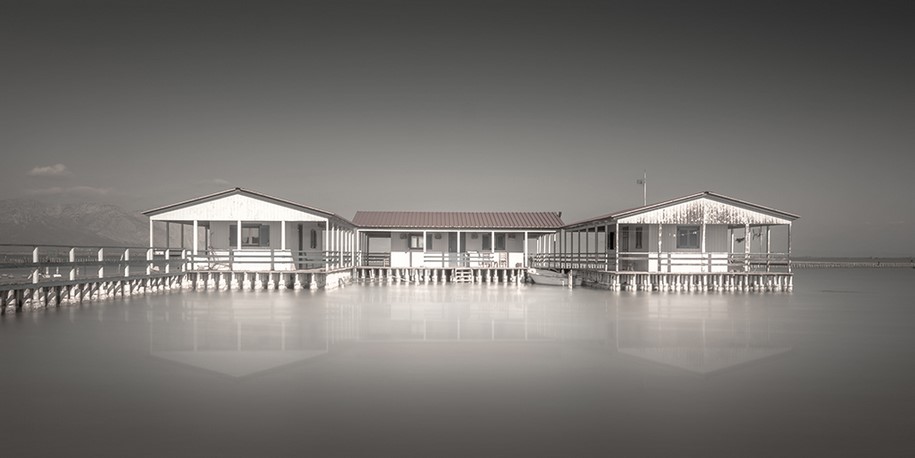
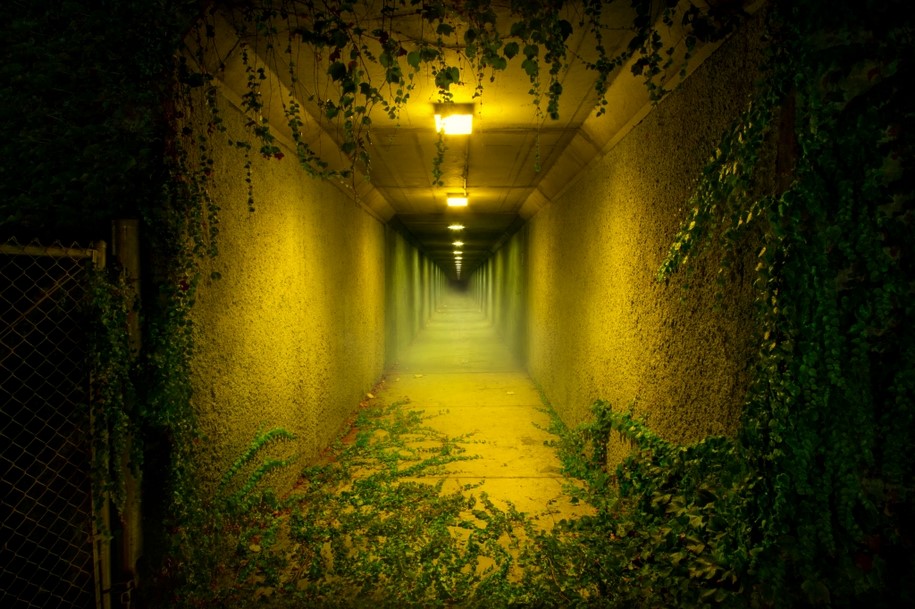
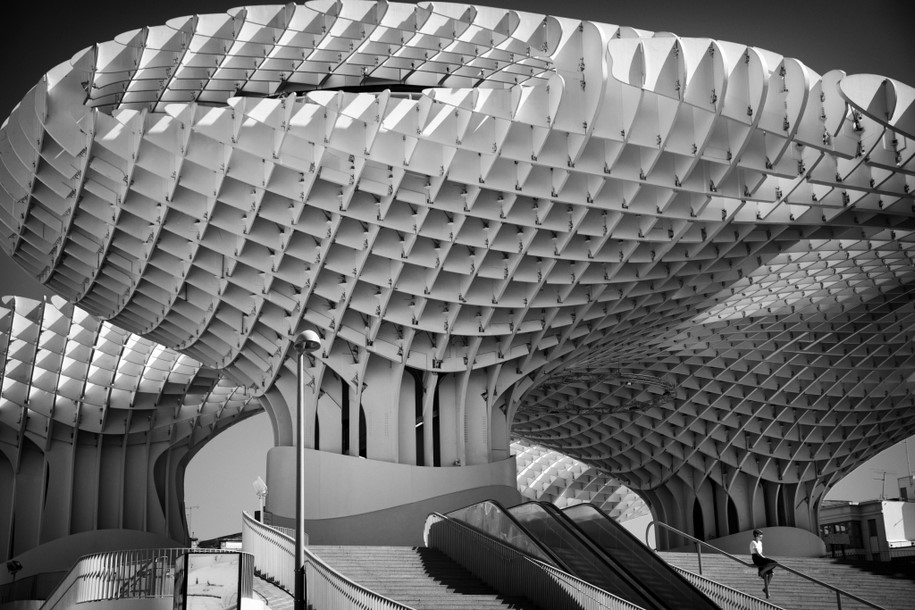
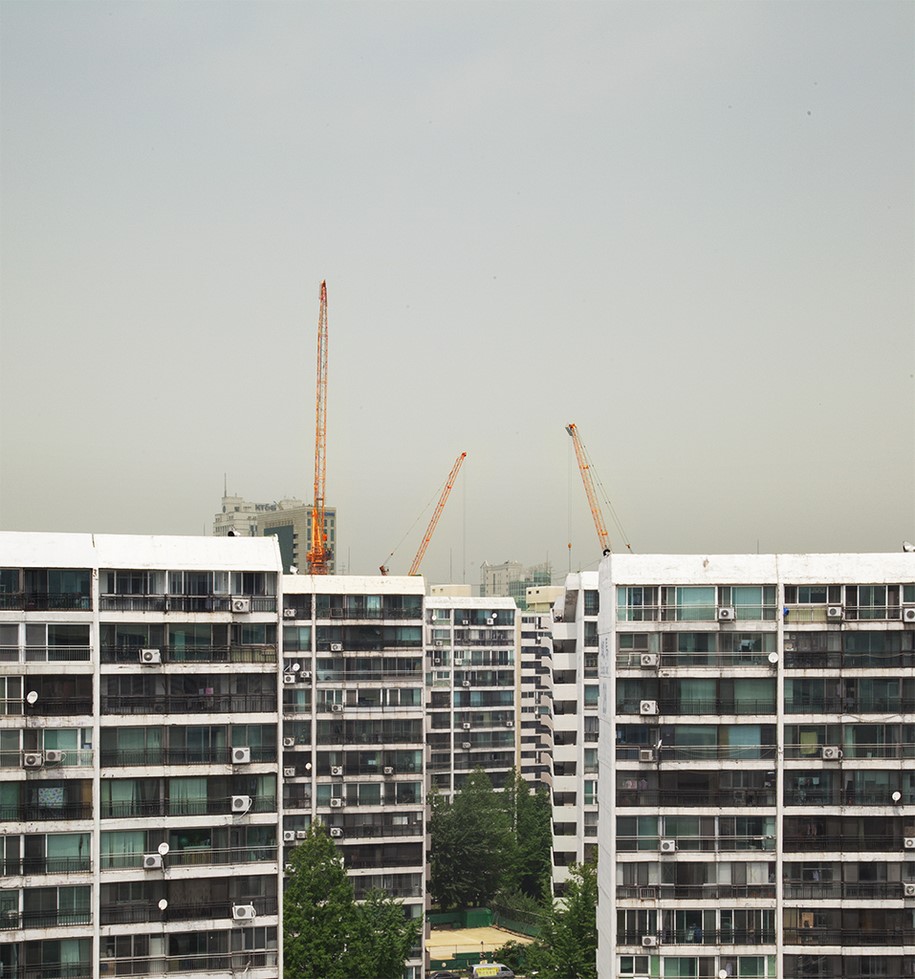
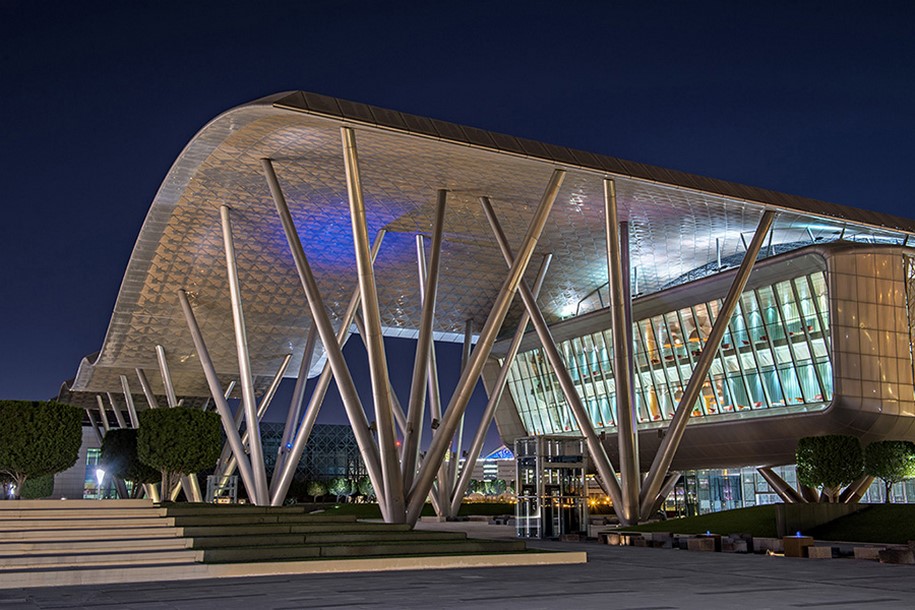
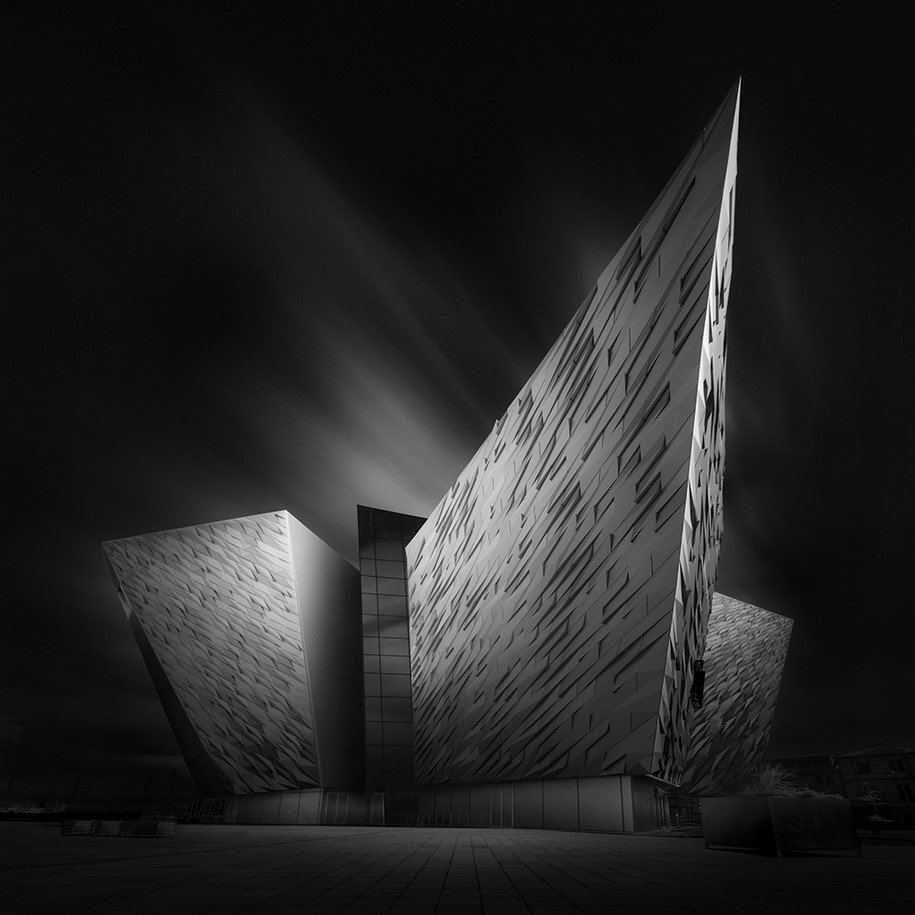
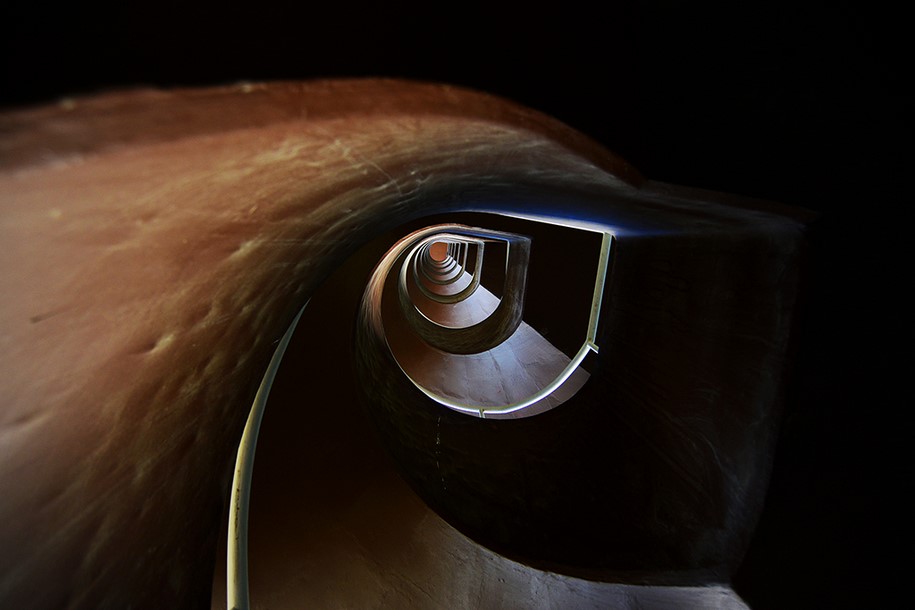
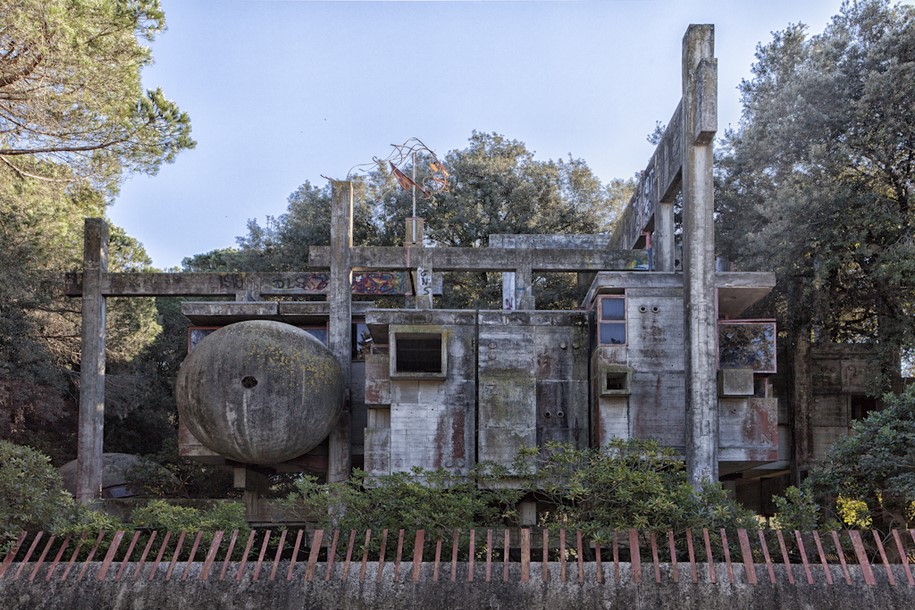
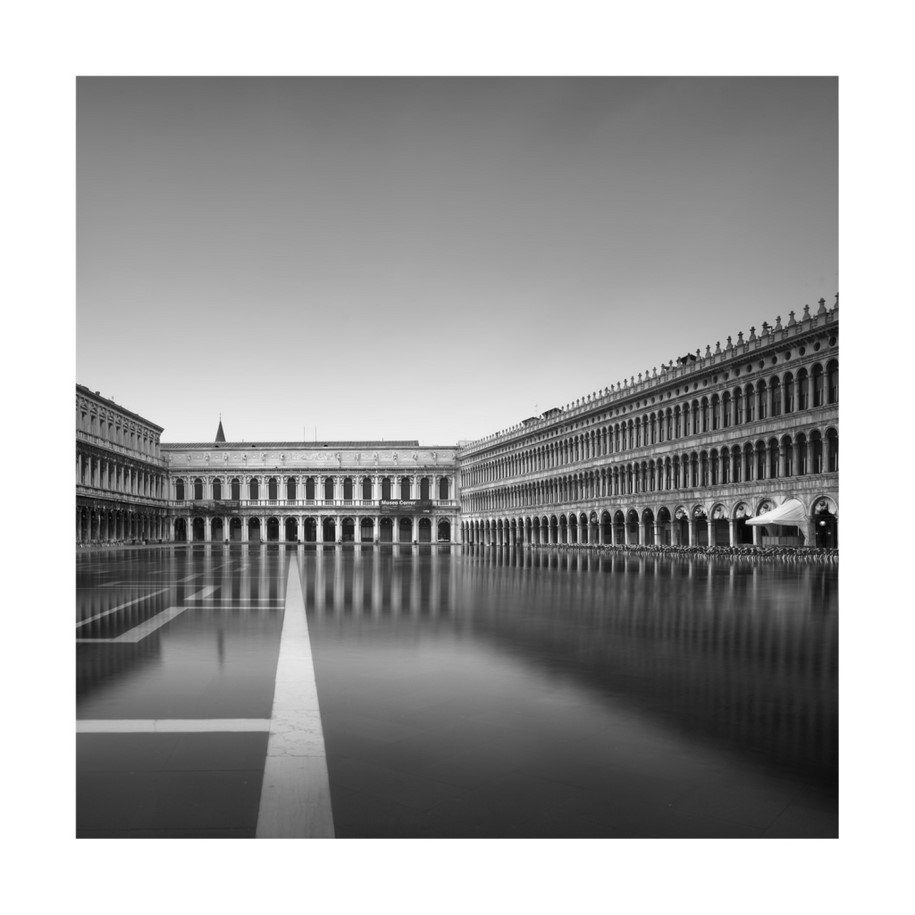
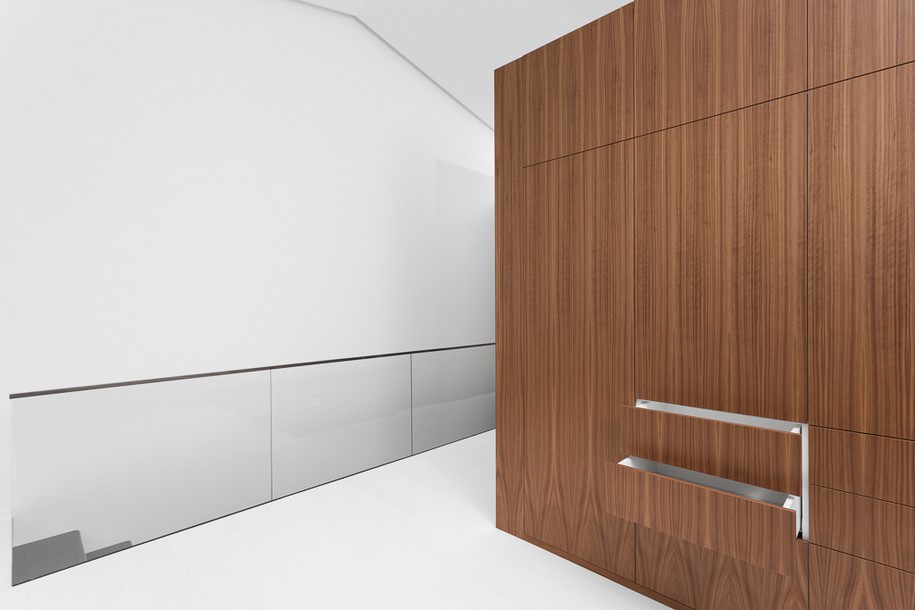
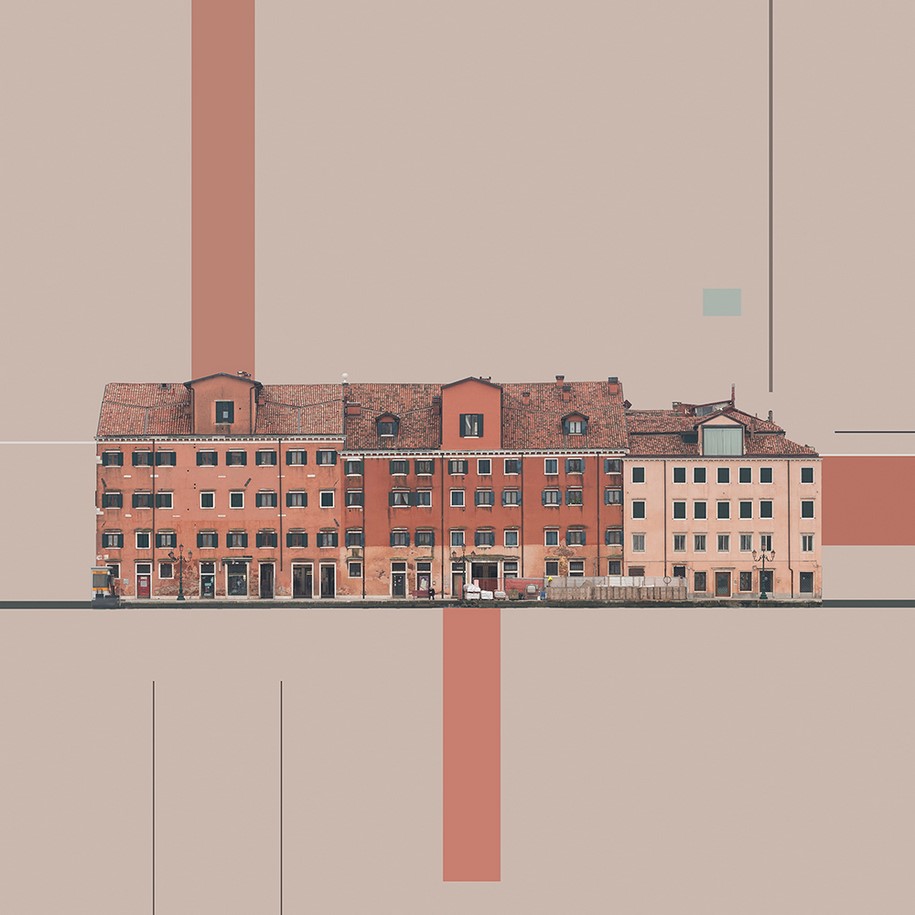
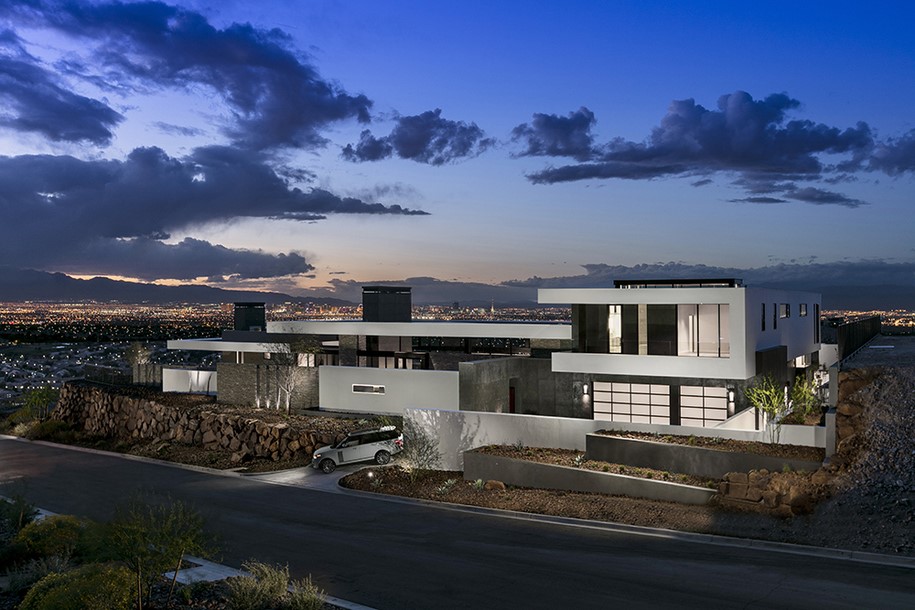
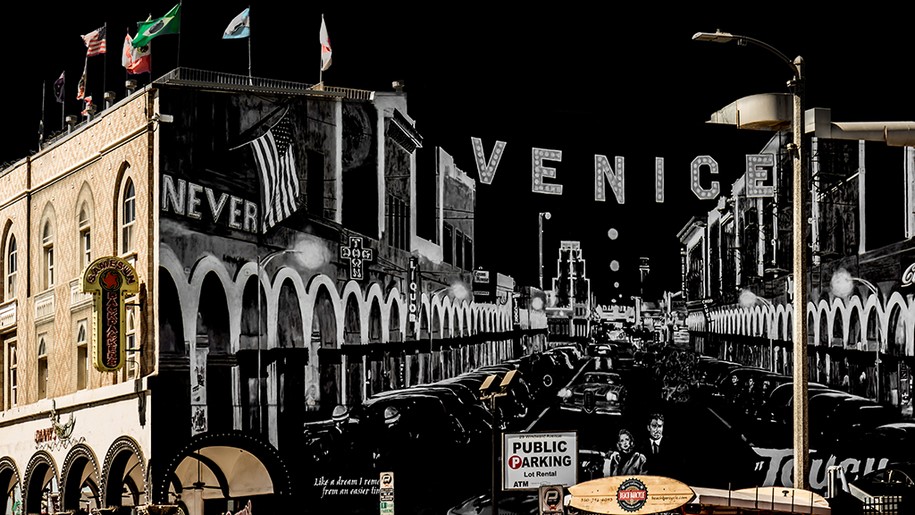
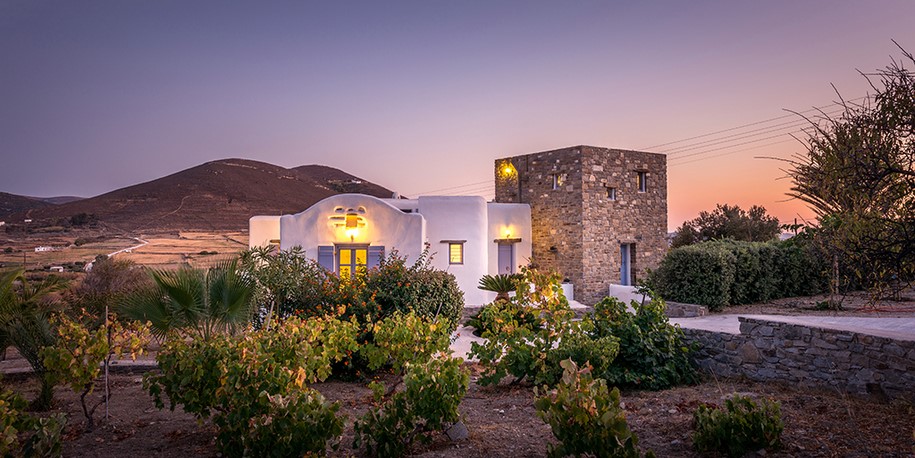
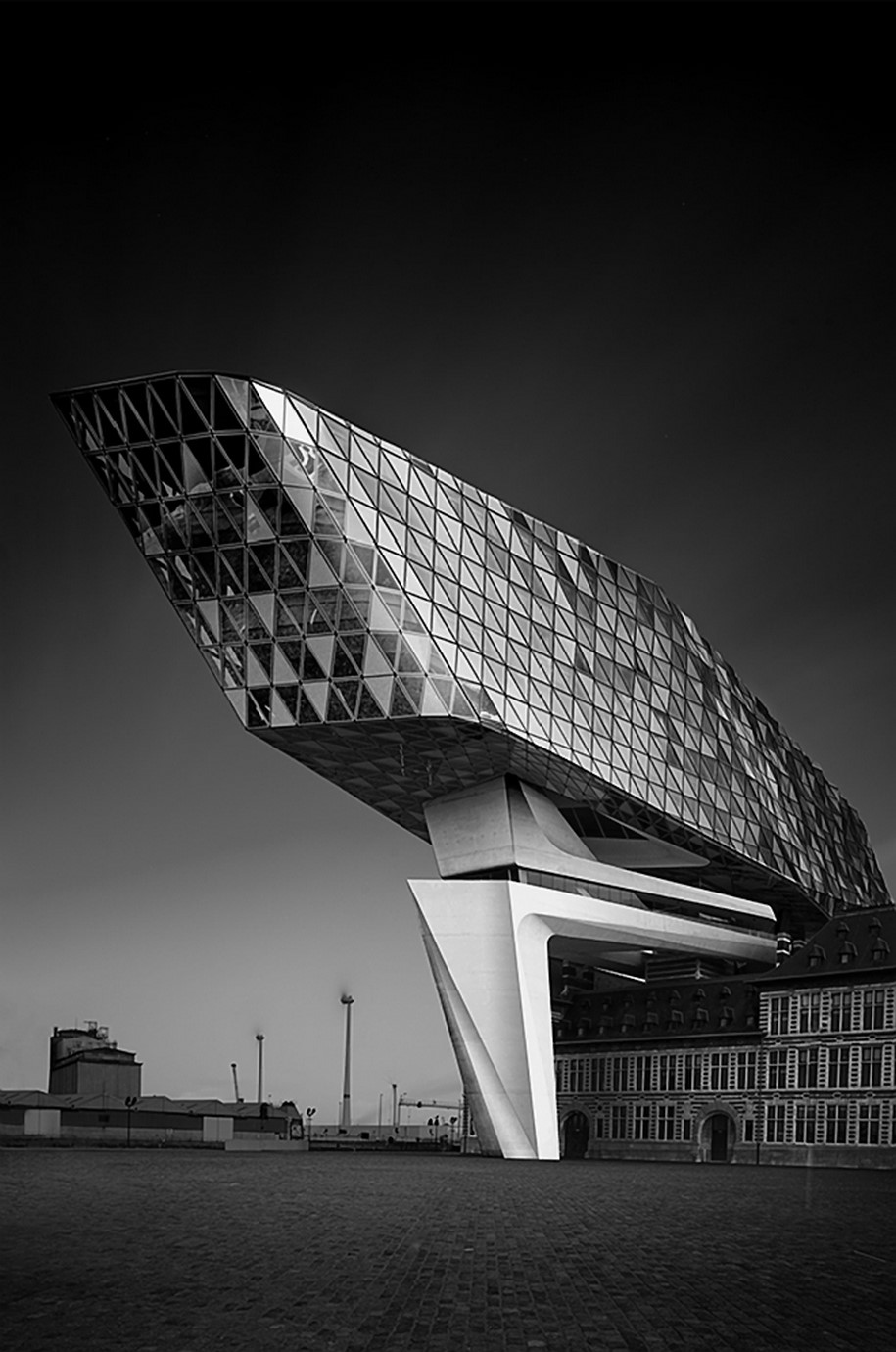
Looking back at the history of architectural photography in the 20th century, we can point to four distinctive approaches/perspectives:
Walker Evans’ ‘documentary style’ represents a relatively objective view, using little intervention between object and subject to descriptively record the American rural vernacular culture through its buildings and cityscapes. In that sense, it is a third-person view of architecture, intentionally taking – as much as possible – the photographer’s point of view out of the frame.
Alfred Stieglitz’s ‘Pictorialist movement’, in contrast, presents a highly subjective view of the built environment, a first-person view in which reality is less important than impression. The photographer’s intention is to engender an aesthetic experience, rather than present a topographic record of the scene. The expressive possibilities and artistic potential of the medium are the primary focus, in an aspirational dialogue with the powerful internal – and more intangible – characteristics of fine arts.
With Charles Steeler’s narrative imagery from the Ford Motor Company plant, we are presented with an inter-subjective view, enrolling the viewer in a cultural story where the built environment’s meaning takes priority. Photography in this case sits inside a second-person view, a perspective of “we”, with the intention gravitating neither towards documenting nor the artistic expression, but rather their collective interpretation and influence as symbols.
Yet another approach can be seen with Bill Hedrich’s ‘Fallingwater’ image from Edgar Kaufman House designed by architect Frank Lloyd Wright and commissioned by Architectural Forum magazine. This is photography intended to make the best presentation of an architect’s work and to be published broadly for the consumption of and influence on future clients and study by other architects. This kind of editorial photography is driven and defined by the situation, the context of its production, and as such takes as its basis a different inter-objective view, the institutions and regulations of the architectural profession and the building market business and networks. However true they are to documenting, to providing an aesthetic experience, or becoming iconic symbols; they are primarily products set in the complex plural world of socio-economic systems.
The above introductory analysis is based on Ken Wilber’s Integral Theory and is an adaptation from the paper ‘The Integral Lens – exploring a multi-perspectival approach to architectural photography’ by professor of architecture Mark DeKay and architect and photographer Pygmalion Karatzas. Contemporary international photography competitions are used as case studies to observe how these four perspectives are visually present and propose a more comprehensive definition of and for architectural photography. The book ‘Integral Sustainable Design’ offers a deeper study of how integral theory applies to architecture and sustainability.
READ ALSO: Francesco Martello captures the Abstract Language of Meeting Centre in Grândola